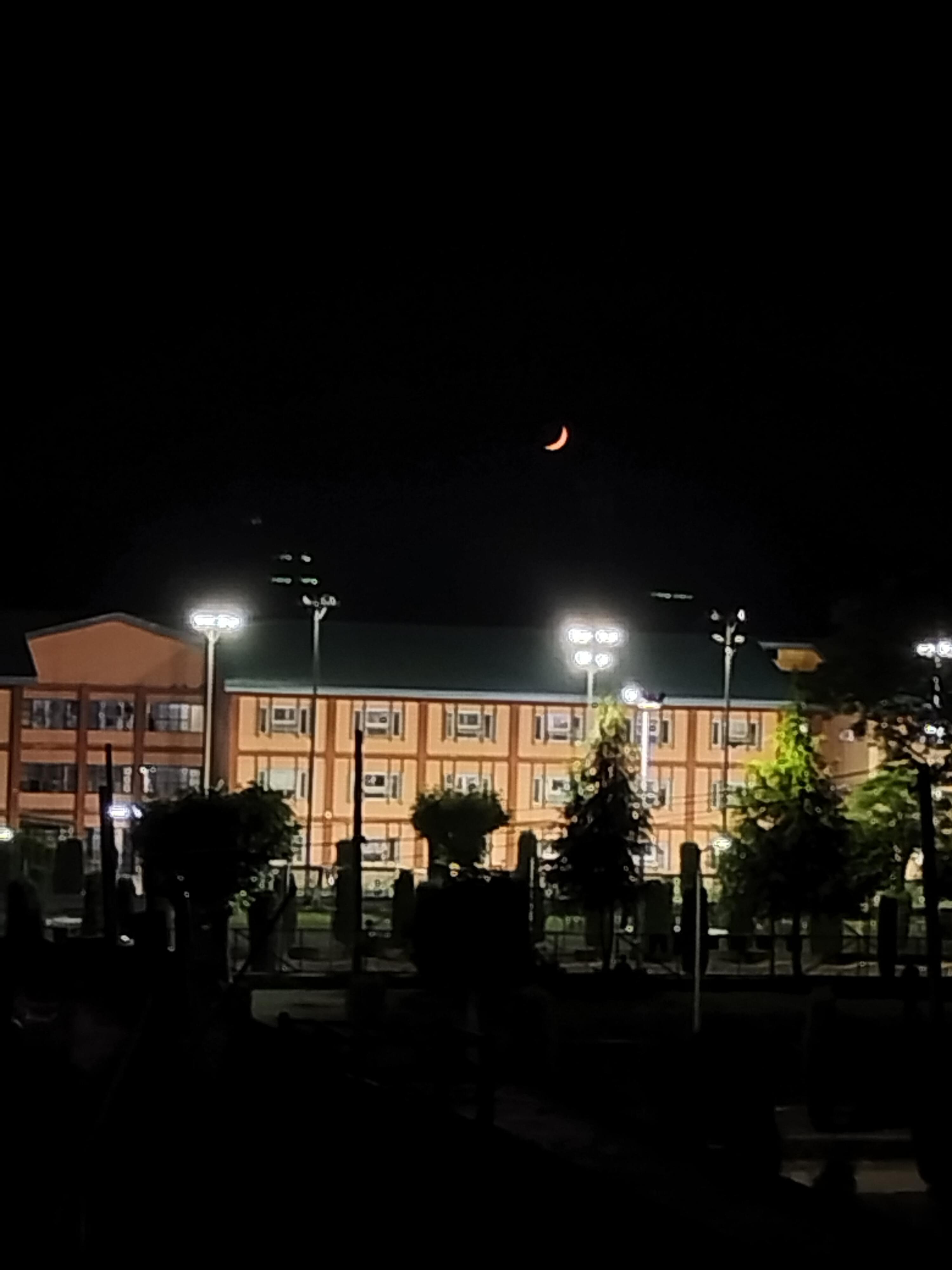Admission to NIT Srinagar is through the CSAB counseling process, requiring candidates to clear the JEE Mains exam and apply via the JoSAA platform starting around June 15th. There are about seven counseling rounds, with an initial online fee of ?40,000 upon admission offer. The selection is based on JEE Mains rank, which varies by state and category. Classes typically start in the first week of August. The faculty boasts high qualifications, with most holding PhDs and degrees from IITs and foreign universities.
The favorable faculty-to-student ratio of 1:15 to 1:20 ensures personalized attention. Exams include mid-term (26 marks) and end-term (50 marks), plus 24 marks for internal assessments. NIT Srinagar offers various engineering courses, including Mechanical, CSE, and Electrical. The fee structure, set by MHRD, Delhi, is affordable for many, with general fees around ?40,000 plus ?15,000 per semester. SC/ST students pay half, and those with family incomes below ?1 lakh receive a tuition fee waiver.
For incomes over ?5 lakh, fees are about ?65,000 per semester, excluding additional costs. Additional expenses include ?17,000 per semester for mess and ?1,600 for hostel. The total semester cost is approximately ?85,000. Placement opportunities are robust, especially for CSE, IT, and ECE, with the highest package at 72 LPA and average packages of 9-13 LPA. Placement rates are 70-80% for CSE and IT, and 70-90% for Mechanical and Electrical.
Companies like Google, Microsoft, and TCS visit the campus. Internships, facilitated by the Training and Placement Cell, offer stipends averaging ?10,000 per month. The college provides scholarships and financial aid based on family income and category. Economically weaker sections and certain categories receive tuition waivers or reductions. The total B.Tech course fee is about INR 6 lakhs over four years, with annual costs ranging from INR 1.8 to 8.5 lakhs, including hostel and mess fees.
Scholarships are available through the National Scholarship Portal, enhancing students' academic and economic well-being.

![National Institute of Technology - [NIT]](https://image-static.collegedunia.com/public/college_data/images/appImage/25571_NITSRINAGAR_APP.jpg?h=240&w=1000&mode=crop)
![National Institute of Technology - [NIT]](https://image-static.collegedunia.com/public/college_data/images/logos/1410851535nit logo.jpg?h=71.7&w=71.7&mode=stretch)























![Kashmir Government Polytechnic - [KGP]](https://image-static.collegedunia.com/public/college_data/images/appImage/1565676430aboutustop.jpg?h=111.44&w=263&mode=stretch)





![IIT Jammu - Indian Institute of Technology - [IITJ]](https://image-static.collegedunia.com/public/college_data/images/appImage/57662_iitbuilding.jpg?h=111.44&w=263&mode=stretch)

![Shri Mata Vaishno Devi University - [SMVDU]](https://image-static.collegedunia.com/public/college_data/images/appImage/25574_SMVDU_New.jpg?h=111.44&w=263&mode=stretch)

![Islamic University of Science and Technology - [IUST]](https://image-static.collegedunia.com/public/college_data/images/appImage/25570_IUST_NEW.jpg?h=111.44&w=263&mode=stretch)


















![Indian Institute of Information Technology - [IIITM]](https://image-static.collegedunia.com/public/college_data/images/logos/1459592436iiitm-logo.png?h=72&w=72&mode=stretch)
![National Institute of Technology - [NIT]](https://image-static.collegedunia.com/public/college_data/images/logos/1509604414cgdvshbcjhdszkdnckj.png?h=72&w=72&mode=stretch)
![Indian Institute of Information Technology - [IIIT]](https://image-static.collegedunia.com/public/college_data/images/logos/1459830882logo.jpg?h=72&w=72&mode=stretch)
![National Institute of Technology - [NITP]](https://image-static.collegedunia.com/public/college_data/images/logos/1394865859National Institute of Technology - NIT Patna.png?h=72&w=72&mode=stretch)
![National Institute of Technology - [NIT]](https://image-static.collegedunia.com/public/college_data/images/logos/1412856673logo_trans.png?h=72&w=72&mode=stretch)
![National Institute of Technology - [NIT]](https://image-static.collegedunia.com/public/college_data/images/logos/1410158399MIZORAM1.png?h=72&w=72&mode=stretch)
![National Institute of Technology - [NIT] Uttarakhand](https://image-static.collegedunia.com/public/college_data/images/logos/1746079782uttr.png?h=72&w=72&mode=stretch)
![National Institute of Technology - [NIT]](https://image-static.collegedunia.com/public/college_data/images/logos/139410600828219.png?h=72&w=72&mode=stretch)
![Dr BR Ambedkar National Institute of Technology - [NIT]](https://image-static.collegedunia.com/public/college_data/images/logos/1432035302jp.jpg?h=72&w=72&mode=stretch)
![National Institute of Technology - [NIT]](https://image-static.collegedunia.com/public/college_data/images/logos/1568355249download.png?h=72&w=72&mode=stretch)
![National Institute of Technology - [NIT]](https://image-static.collegedunia.com/public/college_data/images/logos/1508231363NITHlogo.png?h=72&w=72&mode=stretch)
![Shri Mata Vaishno Devi University - [SMVDU]](https://image-static.collegedunia.com/public/college_data/images/logos/1721805023croppedlogo6001.png?h=72&w=72&mode=stretch)
![National Institute of Technology - [NIT] Meghalaya](https://image-static.collegedunia.com/public/college_data/images/logos/1747333188Screenshot20250515at11.45.49PM.png?h=72&w=72&mode=stretch)
![National Institute of Technology - [NIT]](https://image-static.collegedunia.com/public/college_data/images/logos/15094366571394873627NationalInstituteofTechnologyNITGoa.png?h=72&w=72&mode=stretch)
![National Institute of Technology - [NIT]](https://image-static.collegedunia.com/public/college_data/images/logos/1394864563National Institute of Technology - NIT Arunachal Pradesh.png?h=72&w=72&mode=stretch)



Comments